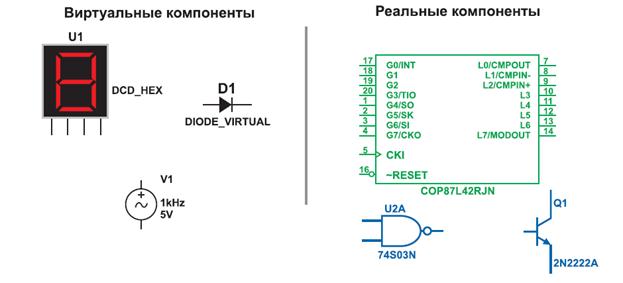The master plan
The preparation of master plans ranks among the most important duties of city planners. A master plan includes diagrams and models that show a community as it is and as the planner believes it should exist in future. The plan includes reports and statistical information that support the planner’s proposals. A master plan shows how land should be used. It also shows how public facilities and services – such as schools, roads, fire and police stations, and water, sewerage, and transportation systems – should be improved or expanded. Planners call these services and facilities a community’s infrastructure.
Preparing the plan. A professional city planner may consult many other professional experts in preparing a master plan. These experts might include architects, economists, engineers, finance specialists, geographers, lawyers, political scientists, statisticians, and specialists in air and water quality. In town planning there are different street patterns: gridiron, radial, ring, and functional (or organic). Today, many city planners use computers in their work. Many communities – mostly small ones – hire a private planning firm that prepares a master plan and submits it to the local government for approval. In many other communities, an agency of the local government does the planning job. In some communities – especially big cities – the government includes a department of city planning.
Proposals of the plan. The major part of a master plan recommends how the community’s land should be used. The plan divides the community into sections. It classifies some sections as residential areas, others as commercial and industrial areas, and the rest as public facility sites. It divides these major sections into smaller districts, each with certain building restrictions. For example, the plan reserves some parts of residential areas for houses only and some for both houses and small apartment buildings. It may propose construction of high-rise apartment buildings in other neighborhoods. The master plan may permit retail trade, wholesale trade, and light manufacturing in some commercial and industrial districts but forbid heavy manufacturing there. The plans may allow mixed-use development in some areas, with a combination of residential, commercial, and industrial cities.
A master plan may suggest ways to improve the appearance of the community. For example, it may propose treelined boulevards, parks, and fountains. Such improvements are sometimes called urban design. The plan may include proposals for major changes in citywide facilities, such as sanitation and transportation systems. It may recommend a more complex sanitary drainage system for heavy manufacturing areas than for residential and commercial districts. The plan also may call for such developments as the widening of streets and the construction of a new expressway to ease travel between residential, commercial, and industrial areas.
|





